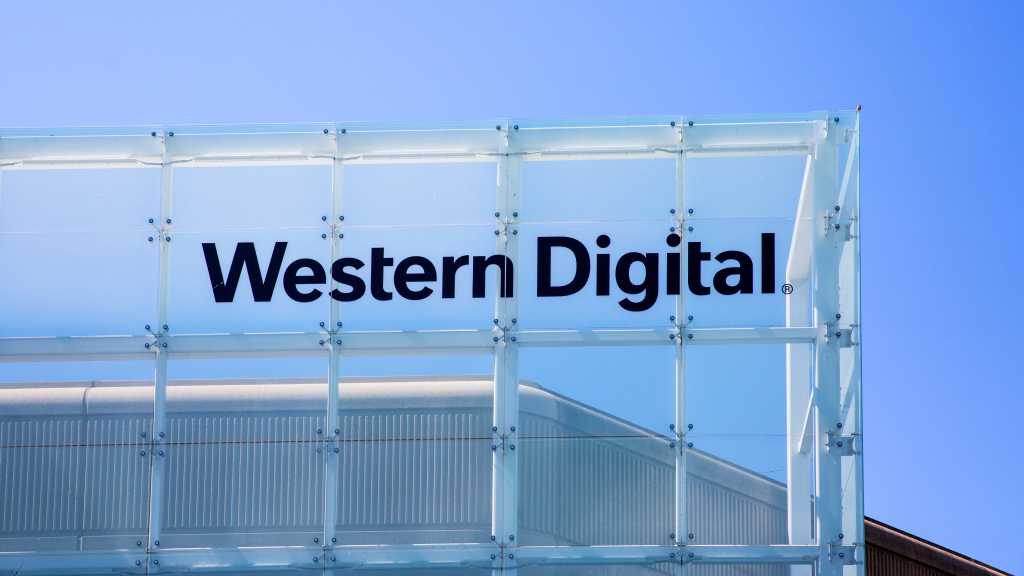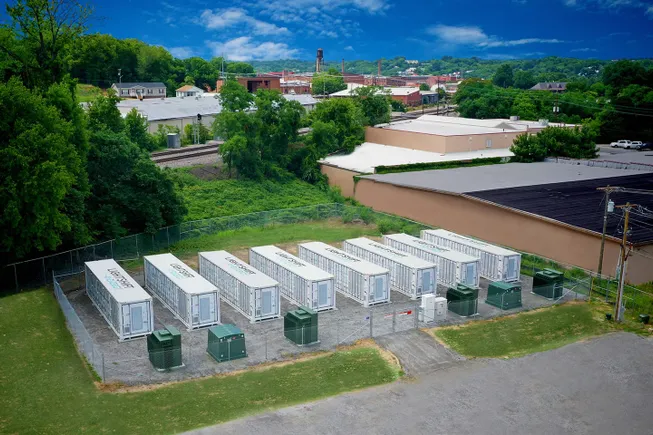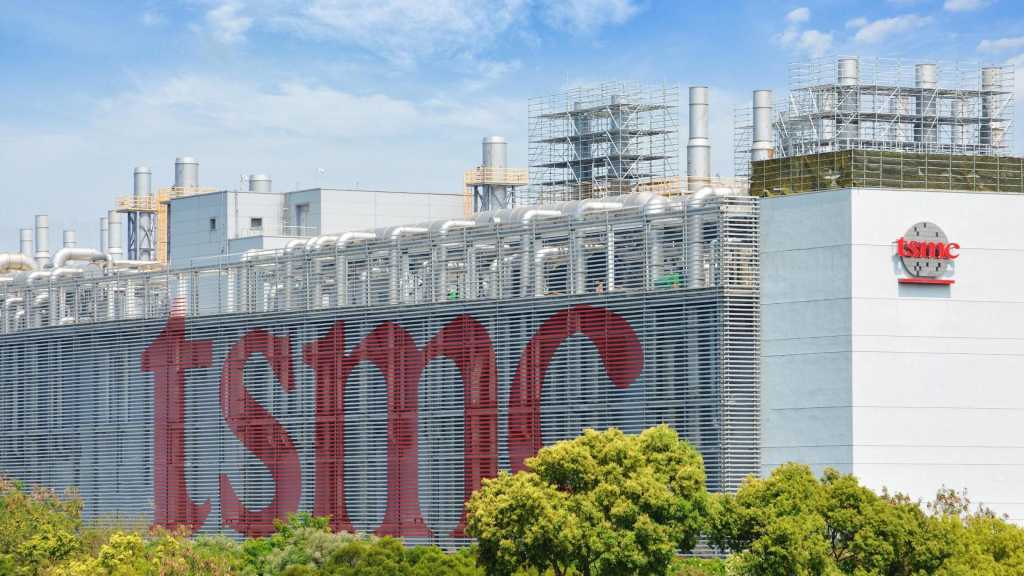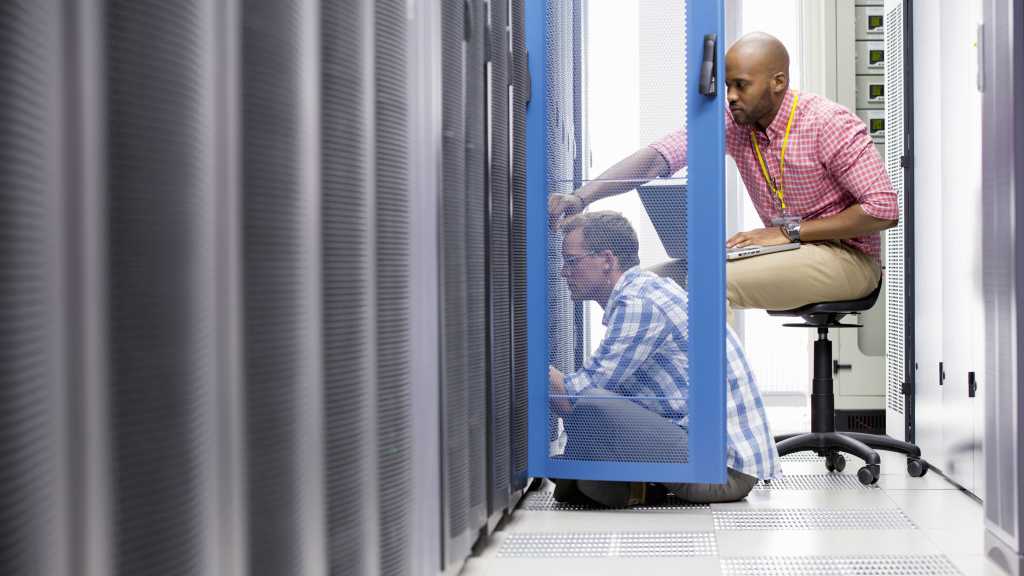
According to the Texas Independent Producers and Royalty Owners Association’s (TIPRO) analysis, direct Texas upstream employment for March totaled 204,400.
That’s what TIPRO said in a statement sent to Rigzone by the TIPRO team recently, which cited the latest Current Employment Statistics (CES) report from the U.S. Bureau of Labor Statistics (BLS). In the statement, TIPRO highlighted that the March figure was “a decrease of 700 industry positions from February employment numbers, subject to revisions”. TIPRO noted in the statement that this represented a decline of 900 jobs in the services sector and an increase of 200 jobs in oil and gas extraction.
“TIPRO’s new workforce data still indicated strong job postings for the Texas oil and natural gas industry,” the organization said in its statement.
“According to the association, there were 10,120 active unique jobs postings for the Texas oil and natural gas industry last month, including 3,458 new postings,” it added.
“In comparison, the state of California had 2,777 unique job postings in March, followed by New York (2,892), Florida (1,781), and Colorado (1,438). TIPRO reported a total of 53,285 unique job postings nationwide last month within the oil and natural gas sector,” it continued.
In its statement, TIPRO noted that, among the 19 specific industry sectors it uses to define the Texas oil and natural gas industry, “Gasoline Stations with Convenience Stores led in the ranking for unique job listings in March with 2,806 postings, followed by Support Activities for Oil and Gas Operations (2,247), and Petroleum Refineries (820)”.
The leading three cities by total unique oil and natural gas job postings were Houston, with 2,212 postings, Midland, with 635 postings, and Odessa, with 412 postings, TIPRO highlighted in its statement. The top three companies ranked by unique job postings in March were Cefco, with 1,200, Love’s, with 726, and Energy Transfer, with 307, according to TIPRO.
“Of the top ten companies listed by unique job postings last month, five companies were in the services sector, two in the gasoline stations with convenience stores category, two midstream companies, and one oil and gas operator,” TIPRO said in its statement.
“Top posted industry occupations for March included first-line supervisors of retail sales workers (620), heavy and tractor-trailer truck drivers (434), and maintenance and repair workers (306),” it added.
“The top posted job titles for March included assistant store managers (257), customer service representatives (251), and maintenance people (159),” it went on to state.
TIPRO revealed in its statement that top qualifications for unique job postings included a valid driver’s license, with 1,661 postings, a commercial driver’s license, with 331 postings, and hazmat endorsement, with 196 postings.
“TIPRO reports that 44 percent of unique job postings had no education requirement listed, 28 percent required a bachelor’s degree, and 28 percent required a high school diploma or GED,” the industry body noted.
In its statement, TIPRO said there were 1,776 advertised salary observations with a median salary of $60,000 and added that the highest percentage of advertised salaries were in the $90,000 to $500,000 range.
“As a result of recent commodity price movement and significant market volatility, there are high uncertainties in outlooks for future energy supply, demand, and prices,” TIPRO warned in its statement.
“Based on current market conditions as of early April, analysts at the Energy Information Administration (EIA) are still projecting production growth this year and next in oil and natural gas output,” it added.
The EIA’s April STEO, which was released on April 10, projects that U.S. crude oil production, including lease condensate, will average 13.51 million barrels per day overall in 2025 and 13.56 million barrels per day overall in 2026.
The EIA expects the Lower 48 states, excluding the Gulf of America, to provide 11.28 million barrels per day of the 2025 total and 11.29 million barrels per day of the 2026 total, the STEO shows.
According to the STEO, the Permian region provides the largest slice of Lower 48 states, excluding the Gulf of America, production in both 2025 and 2026. This output is projected to come in at 6.59 million barrels per day in 2025 and 6.76 million barrels per day in 2026, the STEO outlined.
The Federal Gulf of America is expected to provide 1.80 million barrels of the 2025 total and 1.83 million barrels of the 2026 total, and Alaska is expected to provide 0.42 million barrels of this year’s total and 0.44 million barrels of next year’s total, the STEO highlighted.
TIPRO describes itself as a trade association representing the interests of nearly 3,000 independent oil and natural gas producers and royalty owners throughout Texas.
To contact the author, email [email protected]






















